When space is limited and a conventional compost bin is not an option, gardeners can still efficiently recycle garden waste using a method known as “in situ” composting. By using this technique, you can create productive composting zones on the roads that connect your garden beds by composting directly on them. It is a simple, low-maintenance option that works especially well in urban or small gardens when space is limited. Let’s examine this novel strategy’s operation and the numerous advantages it provides.
The Process of Pathway Composting
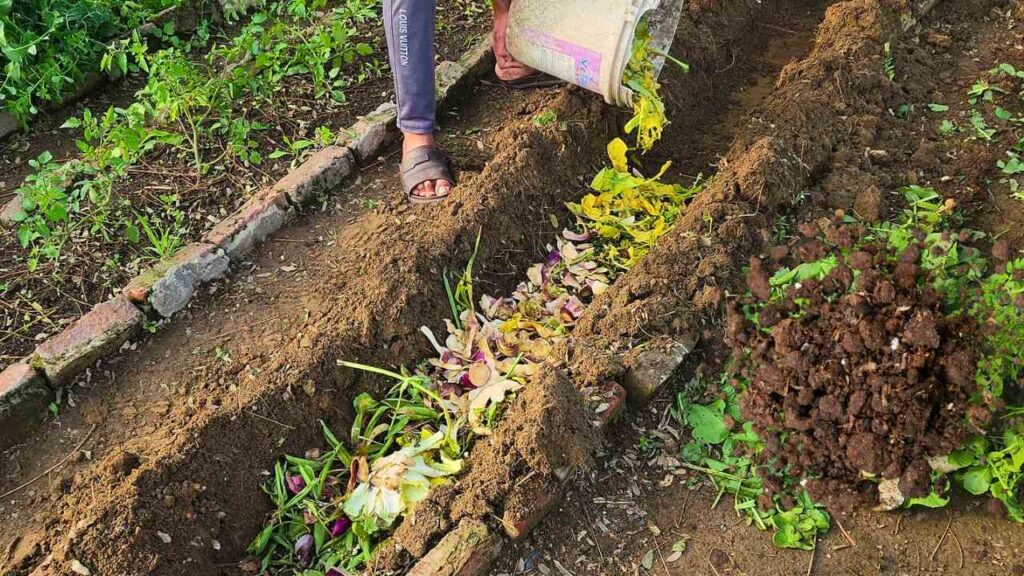
Traditional composting gathers and treats garden waste in a separate bin or pile. On the other hand, pathway composting makes use of the paths that run between vegetable beds as specific composting locations. Weeds, plant trimmings, and old crops are examples of garden waste that can be scattered along the paths connecting your growing areas rather than thrown away. These pathways are perfect for natural decomposition because they are frequently left uncovered or coated with gravel or wood chips.
The composting process takes place exactly where the materials are deposited; thus, by putting your garden waste on the walkways, you are creating an in situ composting system. The process uses up space in your garden and does away with the necessity for a separate compost bin. With the help of sunlight, rain, and microbiological activity, the plant materials break down organically over time, eventually becoming rich, dark compost.
Easy Decomposition Method
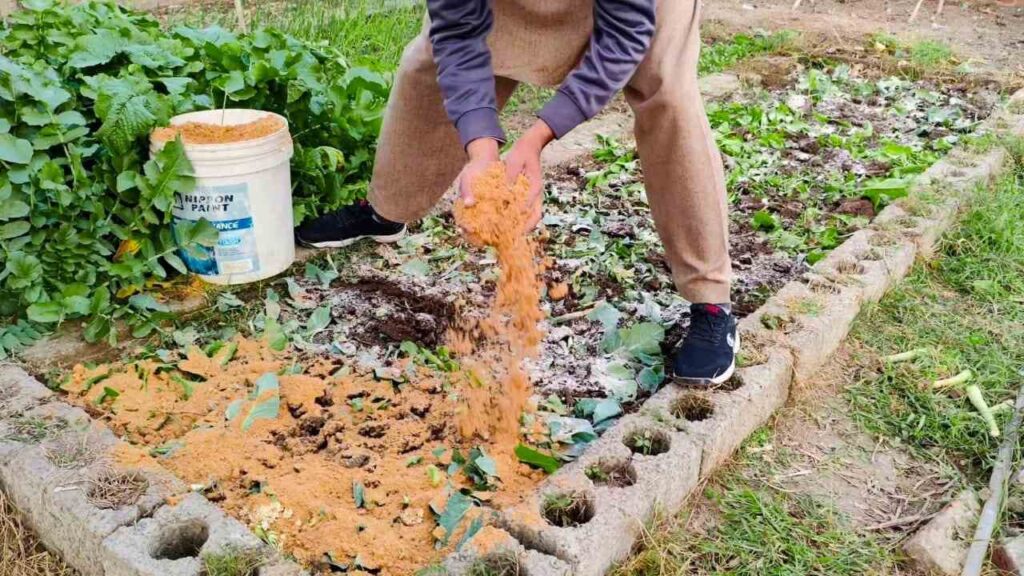
Pathway composting involves a basic breakdown process. Putting garden trash on the walkways allows it to decompose into organic matter because it is exposed to the weather. Microbial life speeds up decomposition, rainwater softens the material, and the sun’s warmth facilitates the process even more. The plant waste gradually decomposes into nutrient-rich compost, adding organic matter and vital nutrients to the soil.
There is no need to make extra room for a composting pile or bin because the composting takes place right in the walkways. Given that the walkways are usually places you wouldn’t be using for plant growth, this approach is an especially useful choice for gardeners with limited space. As a result, it’s a practical method to maximize every available square inch in your garden.
Advantages of Composting in Pathways
1. Efficiency and Convenience
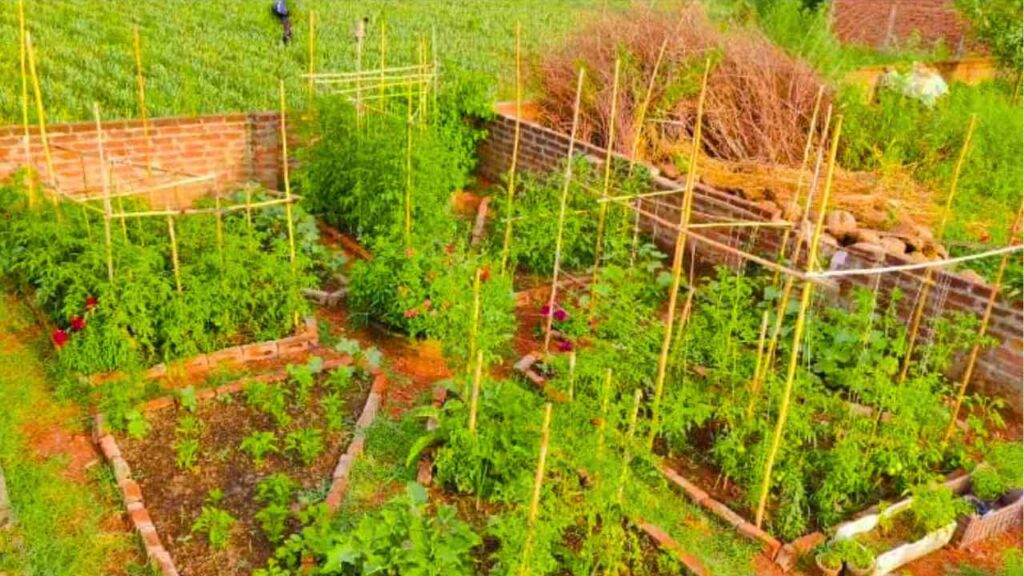
The convenience of pathway composting is by far its greatest benefit. You won’t need to handle a compost container or stir compost piles once the garden waste has been spread out on the walkways. The majority of the labor is done by Mother Nature. You can skim the removed materials from the walkways and repurpose them in your garden beds, where they will break down into dark, nutrient-rich compost.
Simply collect the compost when it has completely decomposed and add it to your garden beds to improve the soil and supply much-needed nutrients for your crops in the future. This method is a low-maintenance, useful option that requires little extra work on top of the routine care you already give your garden.
2. The Suppression of Weeds

Weed suppression is an extra advantage of covering your garden paths with organic material. It is difficult for new weeds to grow in certain locations because of the natural barrier created by the decomposing plant waste. Such an arrangement can help your plants flourish without competition from undesirable vegetation and lessen the need for further weeding. The coating gets thicker and more effective at inhibiting weeds the more organic stuff you add to the walkways.
3. Retention of Moisture
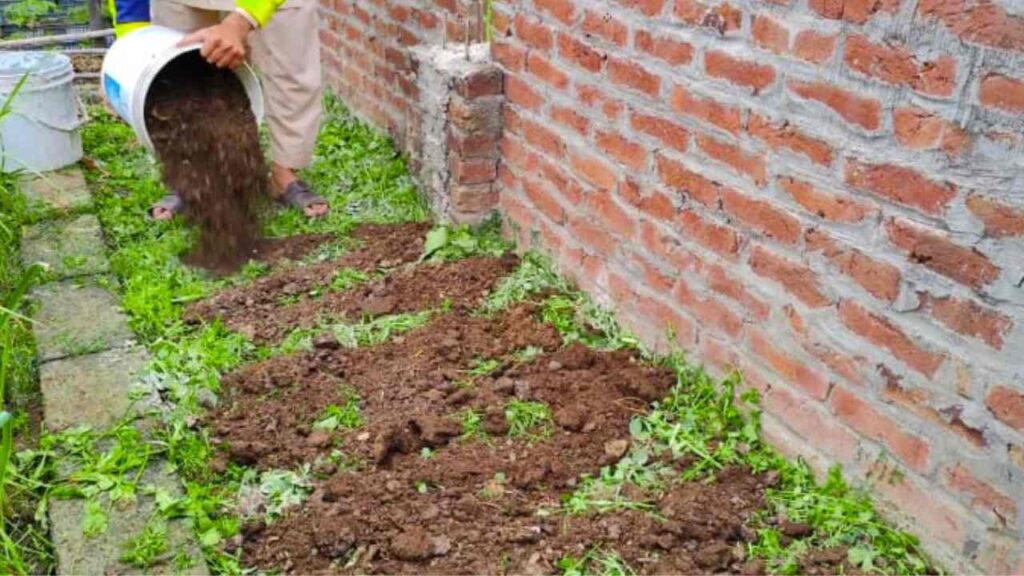
The capacity of root composting to hold onto moisture is another important benefit. By serving as a mulch, the organic material on the pathways keeps moisture from escaping the soil. This is particularly helpful in regions with little rainfall or during dry spells. In order to ensure that the plants in your garden beds receive regular hydration—a critical component of good growth—the decaying plant matter on the walks helps control moisture levels.
4. The Solution That Saves Space
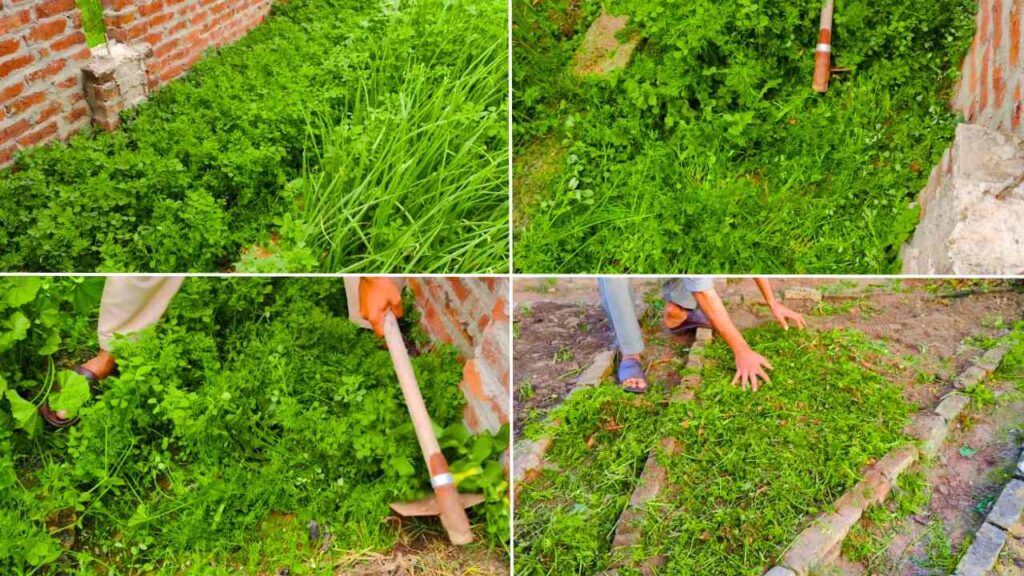
Pathway composting is a great option for gardeners with limited space, whether they live in apartments, small backyards, or urban locations. It allows gardeners to compost without having to locate more space by utilizing walkways that would otherwise go unused. By doing this, you may efficiently compost without consuming valuable garden space that could be utilized for plant growth. It’s a clever, space-efficient method of recycling garden trash and maintaining the health of your garden.
5. Eco-Friendly
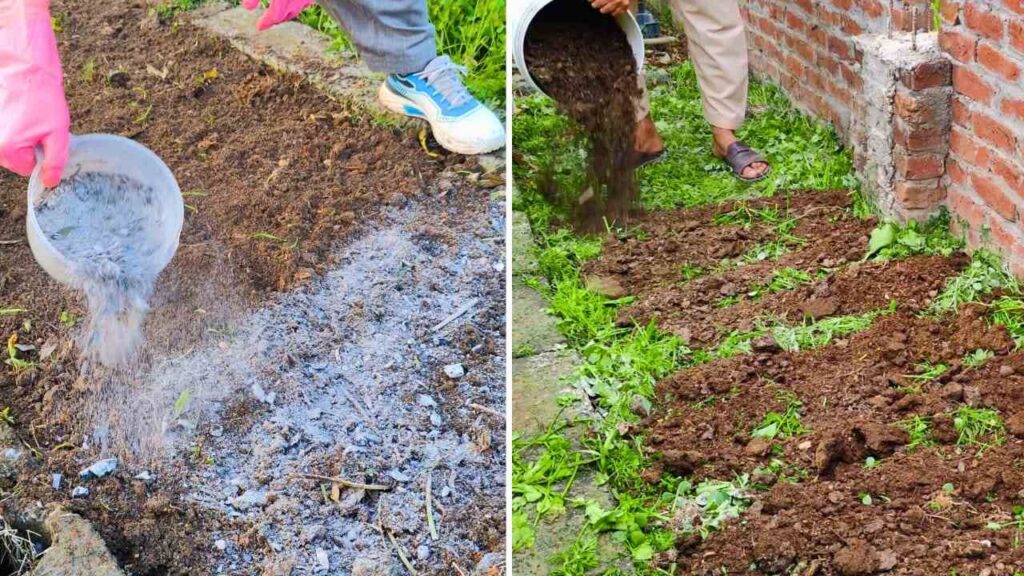
Pathway composting is a useful method of managing garden waste that also has environmental advantages. You may reduce waste and eliminate the need for waste collection or professional composting facilities by composting right in your garden. Additionally, you’re lowering your dependency on chemical fertilizers, which may be detrimental to the environment. The entirely organic process of pathway composting enhances soil quality, fosters sustainability, and supports the health of your garden.
In conclusion, small gardens can benefit from effective, low-maintenance composting.
Making the most of garden paths is possible for gardeners with limited area thanks to the creative and simple pathway composting technique. Without taking up additional room, this “in situ” composting method helps recycle garden waste, gives your plants nutrients, inhibits weed growth, holds onto moisture, and enhances soil structure.
Regardless of your level of gardening experience, this approach provides a quick, low-maintenance, and eco-friendly way to improve the health of your garden. For small gardens, urban settings, or anyone wishing to incorporate composting into their gardening practice, it’s the ideal answer. To see your plants flourish in the nutrient-rich soil that pathway composting produces, begin composting your garden walkways right now!

